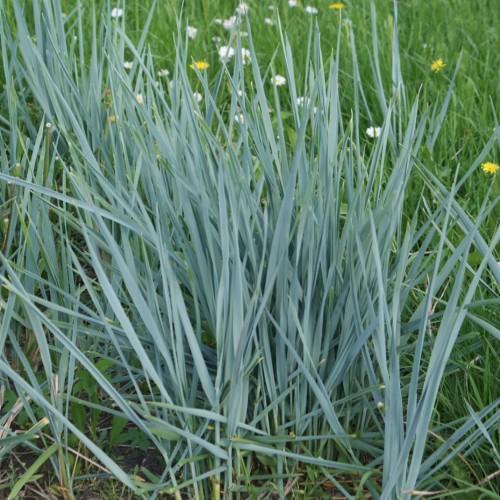
wheat grass
Elymus magellanicus 'Blue Tango'
Cycle:
Perennial
Watering:
Average
Hardiness Zone:
5 - 8
Flowers:
Flowers
Sun:
Full sun
Leaf:
Yes
Growth Rate:
Low
Maintenance:
Low
Drought Tolerant:
Yes
Salt Tolerant:
Yes
Care Level:
Medium
watering
Water wheatgrass (Elymus magellanicus 'Blue Tango') once a week by deeply soaking the soil with 1 inch of water. Be sure that the water is able to freely move through the soil and cannot cause pooling or flooding the roots of the plant. After the soil has been soaked, allow the top of the soil to dry before watering again. During the winter months reduce the watering to once every 2 weeks.
sunlight
Wheat grass (Elymus magellanicus 'Blue Tango') grows best in sunny spots, with at least 6 hours of direct sunlight, preferably in the morning and in the afternoon. This species is also tolerant of some shade, and will still produce good results with reduced levels of sunlight. During the hotter summer months, midday sun should be avoided to prevent wilting and scorching of the wheat grass.
pruning
Wheat grass (Elymus magellanicus 'Blue Tango') should be pruned throughout the growing season to keep the plants looking and performing their best. Prune the plants in late spring and again in late summer when they reach 4-6 inches in height. This will encourage new and lush growth. During the first prune, cut the grass back to about half the height. During the second prune, trim back the grass to its desired, final height. Pruning is beneficial to wheat grass because it improves its appearance, encourages healthy and strong growth, and helps to prevent disease.
